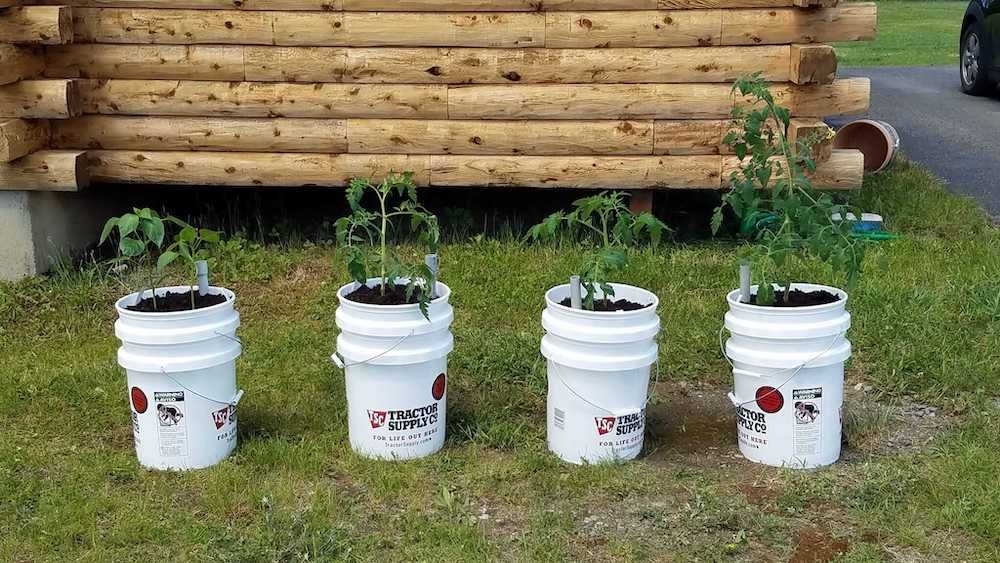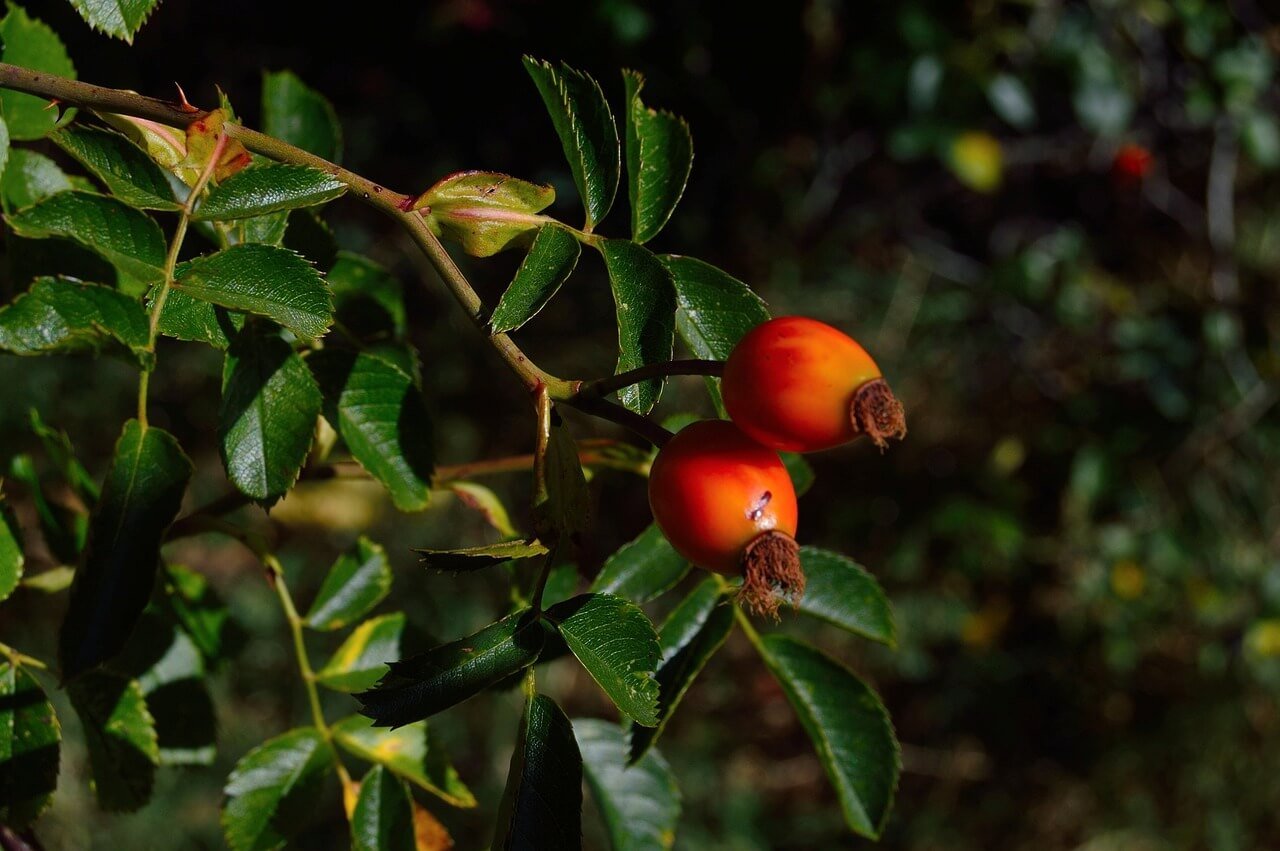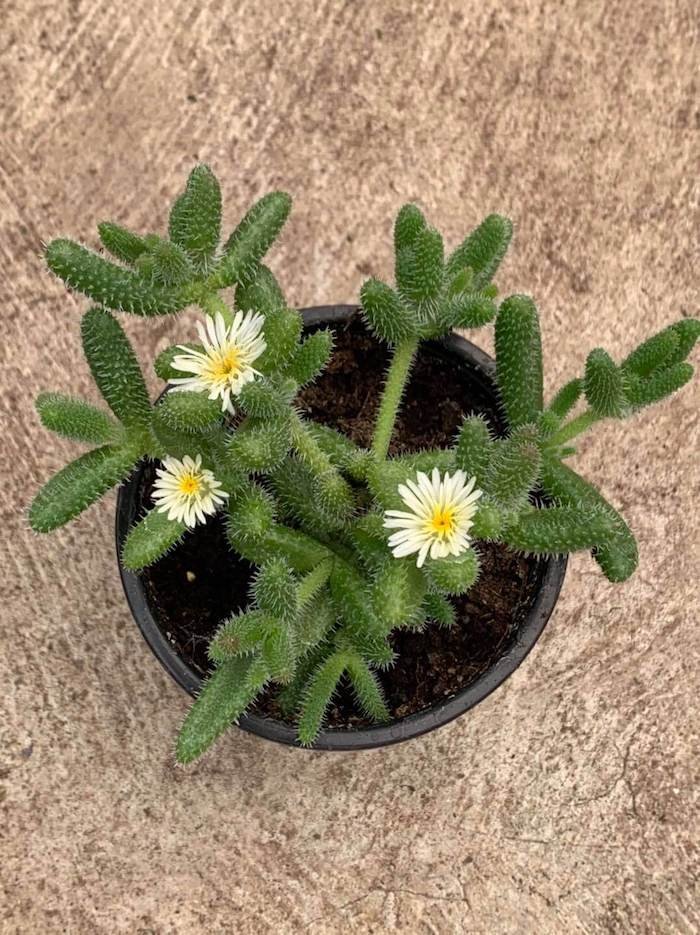How to Prepare Soil for Blueberry Plants

Growing blueberries is a rewarding journey that can yield delicious, antioxidant-rich fruits right from your own backyard. However, the secret to successful blueberry cultivation lies in understanding how to prepare the right soil for blueberries.
These acid-loving plants have specific soil requirements that must be met to thrive and produce a bountiful harvest. In this comprehensive guide, we’ll explore everything you need to know about preparing soil for blueberries, from testing pH levels to amending the soil for optimal growth.
Understanding Blueberry Soil Requirements
Blueberries thrive in acidic soil, which is crucial for their nutrient uptake and overall health. The ideal pH range for blueberry plants is between 4.5 and 5.5. This acidic environment allows the plants to absorb essential nutrients like iron, which is vital for their growth. If your garden soil is neutral or alkaline, you’ll need to amend it to create the ideal conditions for your blueberry plants.
Testing Your Soil
Before you start preparing the soil, it’s essential to test its pH level. You can purchase a soil testing kit from a local garden center or send a sample to a lab for analysis. Many agricultural extension services also offer soil testing for a nominal fee. Knowing the current pH will help you determine how much amendment is needed.
When testing your soil, also consider checking for organic matter content and nutrient levels. A balanced soil test will provide insights into the overall health of your soil and guide your amendments.
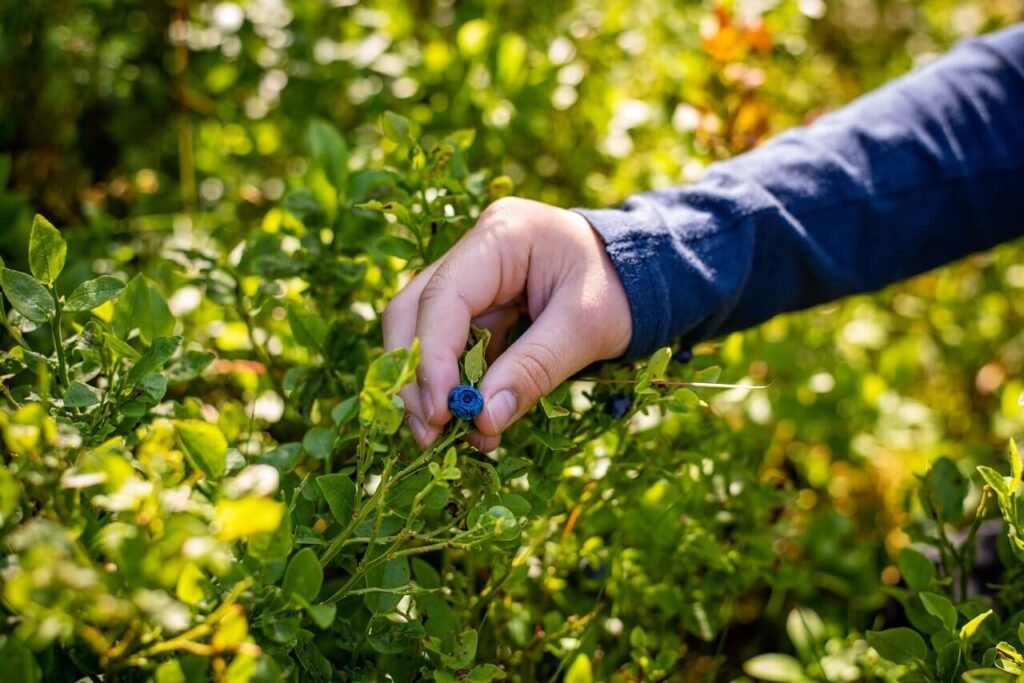
Amending Soil for Blueberries
Once you’ve tested your soil, it’s time to make the necessary amendments. Here’s how to create the perfect soil for blueberries:
1. Incorporate Organic Matter
Adding organic matter is one of the most effective ways to improve soil structure and fertility. Organic matter, such as compost or well-rotted manure, enhances drainage and aeration while providing essential nutrients. Aim for a mix that includes about 25% organic matter in your planting area.
When selecting compost, ensure it is well-aged and free from pathogens. You can also use peat moss, which is naturally acidic and beneficial for blueberries. Incorporating organic matter not only improves soil health but also encourages beneficial microorganisms that help your plants thrive.
2. Use Sulfur to Lower pH
If your soil test indicates that the pH is too high (above 5.5), you can lower it by adding elemental sulfur. Sulfur is a natural soil amendment that works gradually to acidify the soil. A general guideline is to apply 1 pound of sulfur per 100 square feet for every point you need to lower the pH.
Keep in mind that sulfur takes time to work—often several months—so it’s best to apply it well in advance of planting. To expedite the process, you can also use aluminum sulfate, which acts more quickly than elemental sulfur, but be cautious with application rates as it can affect soil structure.
3. Choose the Right Mulch
When planting blueberries, using mulch is an excellent way to help maintain soil moisture and acidity. Pine needles, wood chips, or shredded leaves make excellent mulch options, as they gradually acidify the soil as they decompose. Apply a 2-4 inch layer around the base of the plants, taking care not to pile it against the stems, which can encourage rot.
Mulching also helps suppress weeds, retain soil moisture, and regulate soil temperature, creating a more stable environment for your blueberry plants.

Preparing the Planting Site
Once you’ve amended your soil, it’s time to prepare the planting site:
1. Select a Sunny Location
Blueberries thrive in full sun, so choose a spot that receives at least 6-8 hours of sunlight daily. A sunny location not only promotes healthy growth but also enhances fruit production. If possible, select a site that is sheltered from strong winds, which can damage the plants and reduce yields.
2. Create Raised Beds
If your soil has poor drainage or is heavy clay, consider creating raised beds. Raised beds improve drainage and provide better control over soil conditions. They also warm up faster in the spring, allowing for earlier planting. Aim for a height of at least 12-18 inches for your raised beds, and fill them with a well-draining soil mix that includes plenty of organic matter.
3. Space Your Plants
When planting blueberries, space them 4-5 feet apart to allow for proper air circulation and growth. This spacing helps reduce the risk of disease and ensures that each plant has enough room to develop its root system. If you’re planting multiple rows, space the rows at least 6-8 feet apart to facilitate maintenance and harvesting.
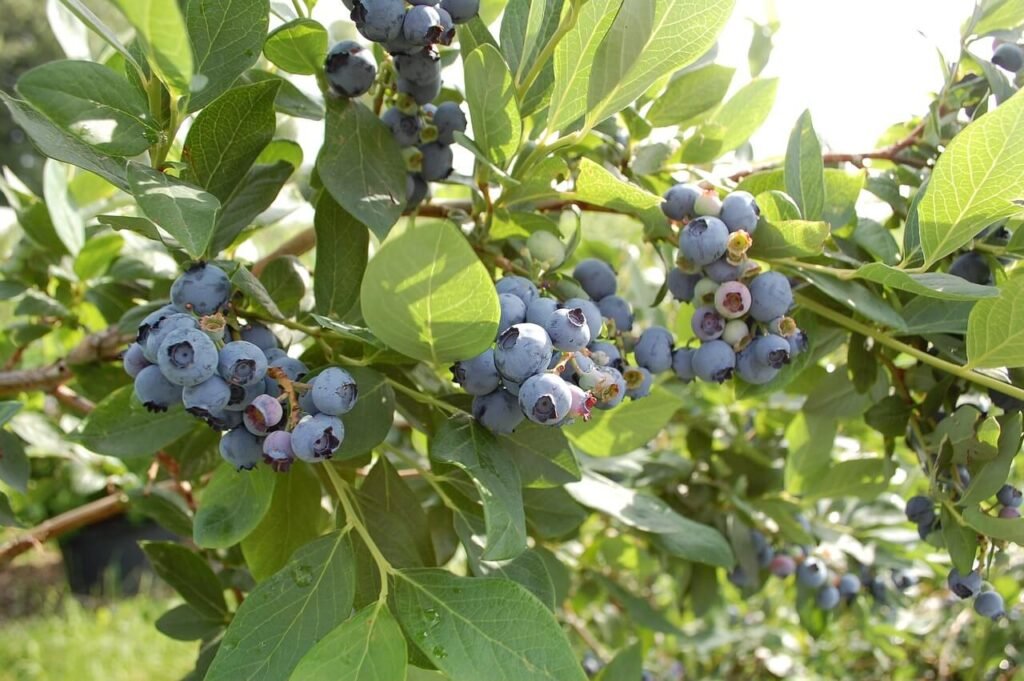
Tips and Tricks for Growing Blueberries
- Watering: Blueberries require consistent moisture, especially during their first few years. Water them deeply once a week, ensuring the soil remains moist but not soggy. Drip irrigation systems work well for blueberries, as they deliver water directly to the root zone without wetting the foliage.
- Fertilizing: Use a fertilizer specifically formulated for acid-loving plants, such as those designed for azaleas or rhododendrons. Fertilize in early spring and again in late spring, following the package instructions for application rates. Avoid fertilizers high in nitrogen, as they can promote excessive leaf growth at the expense of fruit production.
- Pruning: Pruning your blueberry plants is essential for maintaining their health and productivity. In late winter or early spring, remove any dead or damaged branches and thin out crowded areas to improve air circulation. This practice encourages healthy growth and increases fruit production.
- Companion Planting: Consider planting blueberries alongside other acid-loving plants, such as azaleas, rhododendrons, or strawberries. Companion planting can create a thriving garden ecosystem and help deter pests.
Common Pests and Diseases
While blueberries are generally hardy, they can be susceptible to certain pests and diseases. Keep an eye out for:
- Birds: Blueberries are a favorite snack for birds. Consider using netting to protect your plants during the fruiting season.
- Blueberry Maggot: This pest can cause damage to the fruit. Use organic insecticides or traps to manage infestations.
- Fungal Diseases: Powdery mildew and root rot can affect blueberry plants. Ensure proper air circulation and avoid overwatering to prevent these issues.

Troubleshooting Soil Issues
While preparing the ideal soil for blueberries is crucial, even the most diligent gardeners may encounter soil-related challenges. Understanding how to identify and address these issues is key to maintaining a thriving blueberry patch.
One common problem is soil that is too alkaline, with a pH above the preferred range of 4.5 to 5.5. If your soil test reveals a high pH, it’s essential to take action to lower the acidity. Start by incorporating elemental sulfur into the soil, following the application rates recommended by the soil test results. Sulfur works gradually to acidify the soil, so it’s best to apply it several months before planting. You can also use aluminum sulfate, which acts more quickly, but be cautious with application rates, as too much can lead to aluminum toxicity.
Another potential issue is compacted soil, which can impede root growth and drainage. To alleviate compaction, start by loosening the soil to a depth of 8-12 inches using a garden fork or tiller. Incorporate generous amounts of organic matter, such as compost or peat moss, to improve soil structure and aeration. Avoid walking on wet soil, as this can lead to further compaction. If you have heavy clay soil, consider creating raised beds to improve drainage and provide a more suitable environment for your blueberry plants.
Nutrient deficiencies can also plague blueberry plants, manifesting in yellowing leaves, stunted growth, or poor fruit production. If you suspect a nutrient imbalance, conduct a soil test to identify the deficient elements. Depending on the results, you may need to apply specific amendments, such as iron sulfate for iron deficiency or bone meal for phosphorus. Always follow the recommended application rates to avoid over-fertilizing, which can lead to other problems.
By staying vigilant and addressing soil issues promptly, you can ensure that your blueberry plants receive the optimal growing conditions they need to thrive and produce a bountiful harvest. Regular soil testing and proactive amendments will help maintain the ideal acidic environment and nutrient levels for your blueberry patch.

Companion Planting with Blueberries
Companion planting is a gardening technique that involves growing different plants together for mutual benefit. When it comes to growing blueberries, companion plants can help deter pests, attract beneficial insects, and even improve soil health. By creating a diverse, self-regulating ecosystem in your garden, you can reduce the need for chemical interventions and enjoy a more sustainable, productive blueberry patch.
One of the most beneficial companion plants for blueberries is the humble strawberry. Both plants thrive in acidic soil and share similar growing requirements, making them ideal companions. Strawberries can help suppress weeds and retain soil moisture, while their shallow root system ensures they won’t compete with blueberry roots for nutrients. Plus, you’ll enjoy the added bonus of a dual berry harvest!
Herbs like thyme, rosemary, and lavender can also make excellent companions for blueberries. These aromatic plants help deter common blueberry pests, such as aphids and spider mites, with their strong scents. They also attract beneficial insects like ladybugs and lacewings, which prey on garden pests. Interplanting your blueberry bushes with these fragrant herbs creates a natural pest control system while adding visual interest to your garden.
For a nutrient boost, consider planting comfrey alongside your blueberry bushes. This deep-rooted perennial accumulates minerals from the subsoil and makes them available to other plants through its nutrient-rich leaves. You can either plant comfrey directly in the blueberry bed or use the leaves as a mulch or compost addition. Over time, comfrey will help improve soil structure and fertility, creating an ideal environment for your blueberry plants.
By carefully selecting companion plants that complement the needs of your blueberry patch, you can create a thriving, low-maintenance garden ecosystem. Experiment with different combinations and observe how they interact with your blueberry plants to find the perfect balance for your growing conditions.

Propagation Techniques for Blueberries
While purchasing established blueberry plants from a nursery is a convenient option, propagating your own plants from cuttings or seeds can be a rewarding and cost-effective way to expand your blueberry patch. Both methods have their advantages, and with proper care and attention, you can successfully grow blueberries from scratch.
One of the most common propagation techniques for blueberries is taking softwood cuttings in late spring or early summer. Choose healthy, disease-free shoots from the current season’s growth and cut them into 6-8 inch segments. Remove the lower leaves and dip the cut end in a rooting hormone powder to encourage root development. Plant the cuttings in a well-draining potting mix or a mixture of perlite and peat moss, ensuring the soil is moist but not waterlogged. Cover the container with a plastic bag or humidity dome to maintain high humidity levels, and place it in a warm, shaded location. With consistent moisture and proper care, your blueberry cuttings should root within 4-8 weeks.
Growing blueberries from seed is another option, although it requires more patience and planning. Blueberry seeds can be challenging to germinate and may take several months to sprout. Start by scarifying the seeds to break down the hard seed coat, then sow them in a sterile seed-starting mix. Keep the soil consistently moist and place the container in a warm location until germination occurs. Once the seedlings have developed their first set of true leaves, transplant them into individual pots filled with an acidic potting mix. Gradually acclimate the young plants to outdoor conditions before transplanting them into their permanent location in the garden.
Regardless of the propagation method you choose, be prepared for a longer wait before your blueberry plants begin to bear fruit. Cuttings may take 1-2 years to reach maturity, while seedlings can take 2-3 years. However, the satisfaction of growing your own blueberries from scratch and the knowledge that your plants are adapted to your specific growing conditions make the wait well worth it.

Importance of Soil Drainage
When it comes to growing blueberries, proper soil drainage is essential for their health and productivity. Blueberry plants have shallow, fibrous root systems that are particularly sensitive to waterlogged conditions. If the soil remains saturated for extended periods, the roots can suffocate and become susceptible to fungal diseases like root rot.
To ensure optimal drainage for your blueberry patch, it’s crucial to assess your soil’s texture and structure. Heavy clay soils or compacted areas are more prone to poor drainage and should be amended accordingly. Start by loosening the soil to a depth of 8-12 inches using a garden fork or tiller. Incorporate generous amounts of organic matter, such as compost or peat moss, to improve soil structure and aeration. Avoid walking on wet soil, as this can lead to further compaction.
If your garden has naturally poor drainage or a high water table, consider creating raised beds for your blueberry plants. Raised beds allow you to control the soil composition and ensure that excess moisture can easily drain away from the roots. When constructing your raised beds, aim for a height of at least 12 inches and fill them with a well-draining soil mix that includes a blend of topsoil, compost, and acidic amendments like peat moss or pine bark.
In addition to physical soil amendments, you can also improve drainage by strategically placing your blueberry plants. Choose a location that slopes gently away from the plants, allowing water to run off rather than accumulate around the roots. Avoid planting in low-lying areas or depressions where water may collect after heavy rains or irrigation.
Regular monitoring of soil moisture levels is also crucial for maintaining proper drainage. Use your finger or a soil moisture meter to check the soil’s dampness, and adjust your watering schedule accordingly. Avoid overwatering, as this can lead to the same problems as poor drainage. Instead, water deeply once a week, allowing the soil to partially dry out between waterings.
By prioritizing soil drainage and taking proactive measures to improve it, you’ll create an optimal environment for your blueberry plants to thrive. Healthy, well-drained soil is the foundation for a bountiful blueberry harvest, so don’t overlook this critical aspect of plant care.
Final Thoughts: Enjoying Your Blueberry Harvest
Preparing the right soil for blueberries is essential for a successful harvest. By understanding their specific soil requirements, amending your garden soil appropriately, and providing the right care, you’ll be well on your way to enjoying a bountiful blueberry harvest. With patience and dedication, you can cultivate these delicious berries and savor their sweet flavor in your favorite recipes.





